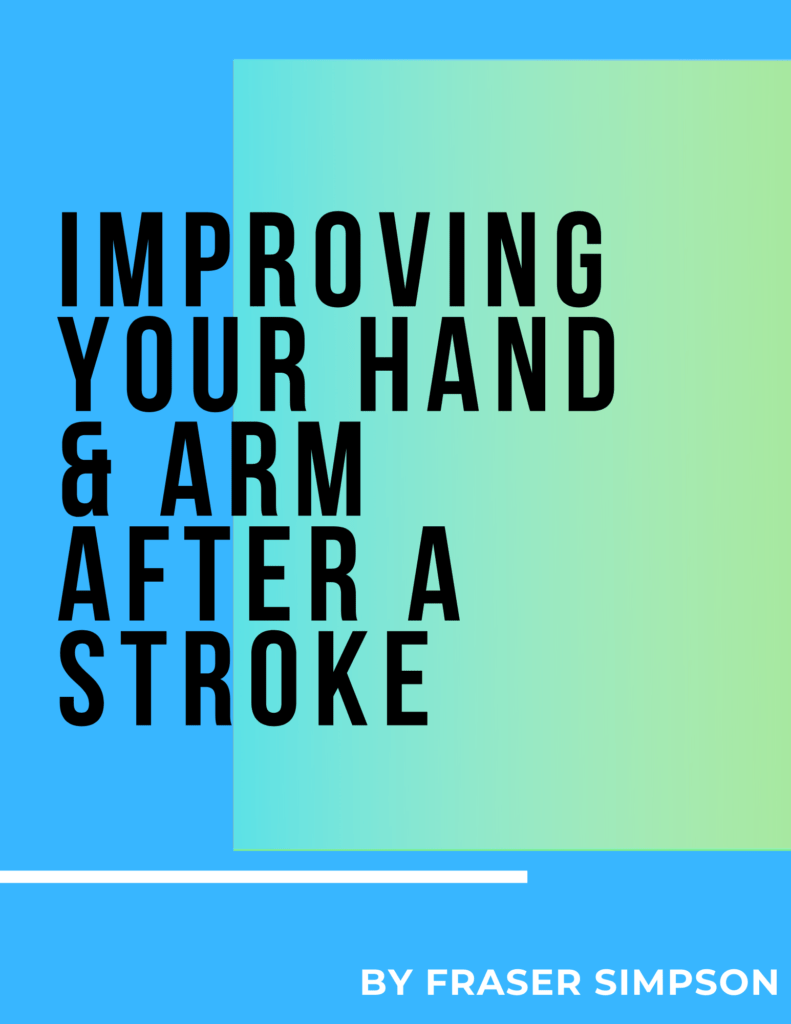Living with Parkinson’s can bring many changes to the way your body moves, and one of the most noticeable is posture. Many people find themselves leaning forward more, struggling with stiffness, or feeling off balance. These shifts can make everyday tasks—like walking across the room, cooking a meal, or standing in line—feel harder than they used to.
The good news? Small, consistent exercises can make a real difference. By focusing on posture and Parkinson’s together, you can help your body feel steadier, stronger, and more mobile. In this blog, we’ll explore why posture matters, how Parkinson’s can affect balance, and share some simple, practical exercises you can begin safely at home.
Why Posture Matters in Parkinson’s
Posture is more than just standing tall. It’s the foundation for balance, confidence, and safe movement. When posture changes due to Parkinson’s, it can lead to:
- A forward-leaning stance that makes walking feel less steady
- Tightness in the chest and shoulders
- Reduced arm swing during walking
- Greater risk of imbalance or falls
By making posture and Parkinson’s a priority, you’re not only improving how you stand or walk—you’re supporting your independence and making everyday life more comfortable.
How Parkinson’s Affects Balance and Mobility
Many of the common symptoms of Parkinson’s, such as stiffness, slowness of movement (bradykinesia), and changes in muscle tone, can directly impact balance. These challenges may show up as:
- Shuffling steps
- Difficulty starting or stopping movement
- Feeling unsteady when turning
- Trouble maintaining balance on uneven surfaces
The key is not to push harder but to move smarter. With posture-focused strategies, you can help your body feel more stable and better prepared for daily activities.
Simple Exercises to Support Posture and Balance
Here are a few gentle, Parkinson’s-friendly movements to try. Always check with your healthcare provider before starting new exercises.
1. Wall Stand
This exercise helps retrain your body to stand tall.
- Stand with your back against a wall, heels a few inches away.
- Gently press your shoulders and the back of your head toward the wall.
- Hold for 10–20 seconds, breathing deeply.
- Repeat 3–5 times.
This is a simple way to remind your body of upright posture and improve awareness.
2. Seated Posture Reset
Perfect for daily breaks while sitting.
- Sit in a sturdy chair with both feet on the ground.
- Place your hands on your thighs.
- Roll your shoulders back and gently squeeze your shoulder blades together.
- Hold for 5–10 seconds, then relax.
- Repeat 5–10 times.
This can help open the chest, reduce slouching, and make breathing feel easier.
3. Marching in Place
Adds rhythm and stability to walking.
- Stand near a wall or counter for support.
- Lift one knee toward your chest, then lower.
- Alternate legs in a marching motion for 20–30 steps.
- Focus on swinging your arms naturally.
This builds strength and reinforces steady, rhythmic movement.
4. Heel-to-Toe Walk
Improves balance and coordination.
- Stand tall and step forward, placing your heel directly in front of your opposite toe.
- Take slow, controlled steps for 10–15 feet.
- Use a wall or counter for safety if needed.
Practicing this regularly can help reduce shuffling and improve confidence when walking.
5. Gentle Stretch for Flexibility
Stretching helps release stiffness that can affect posture.
- While standing, clasp your hands behind your back.
- Gently pull your shoulders down and back.
- Hold for 15–20 seconds.
- Repeat 2–3 times.
This opens the chest and supports a more upright stance.
Tips for Everyday Posture Awareness
Improving posture and Parkinson’s isn’t just about exercises—it’s about small habits that add up. Try these daily reminders:
- Set a timer every hour to stand tall, roll your shoulders back, and reset your posture.
- Use visual cues, like sticky notes on mirrors or doors, with reminders like “Stand tall” or “Shoulders back.”
- Check your walking pace. Slow down if needed, and focus on smooth, deliberate steps.
- Stay active. The more you move, the more your body remembers how to stay balanced.
Staying Safe While Practicing
Safety is key. If you try these exercises at home, make sure you:
- Have a sturdy chair, wall, or countertop nearby for balance.
- Wear supportive footwear.
- Move at your own pace—don’t rush.
- Listen to your body and rest when needed.
It’s also helpful to practice these movements during the times of day when your medication works best, so you feel steadier.
The Bigger Picture: Confidence in Motion
When thinking about posture and Parkinson’s, it’s easy to focus only on the challenges. But every step you take toward better posture is a step toward greater independence and comfort. These exercises are not about perfection—they’re about progress.
Even a few minutes a day can help you feel more in control of your body. Many people find that small wins—like standing a little taller, turning more easily, or walking with smoother steps—build confidence and make life feel easier.
When to Seek Extra Support
While at-home strategies can be powerful, sometimes extra help is needed. Working with a physical therapist can provide:
- Tailored exercises for your unique needs
- Hands-on guidance to improve balance and mobility
- Strategies to prevent falls
- Support in building long-term routines that fit your lifestyle
If you feel unsure, unsafe, or want to see greater progress, professional support can give you the confidence and structure to move forward.
Final Thoughts
Posture and Parkinson’s go hand in hand. By paying attention to your posture and practicing simple balance exercises, you can take meaningful steps toward greater independence and ease in daily life. Remember, it’s not about doing everything at once—it’s about making small, consistent choices that support your well-being.
Ready to Take the Next Step?
If you’d like more guidance tailoured to you, we’d love to help. Book a Free Phone Consultation with our team and learn how personalised support can make a difference.
Contact us today to schedule your Free Phone Consultation!



